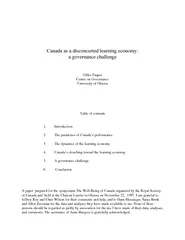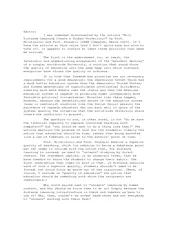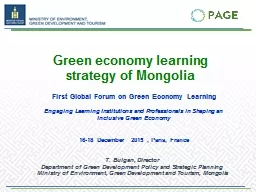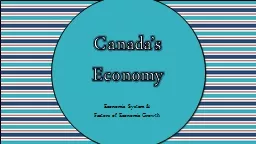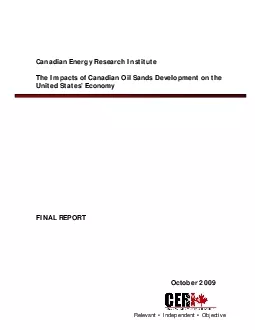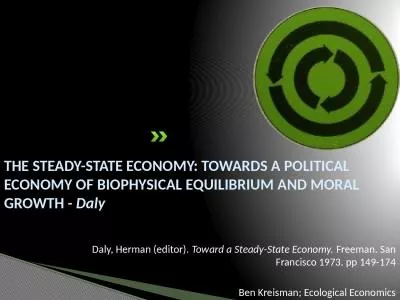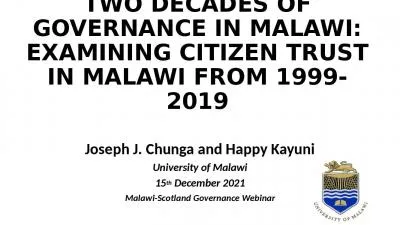PDF-Canada as a disconcerted learning economy a governance
Author : jane-oiler | Published Date : 2015-06-01
Introduction 2 The paradoxes of Canadas performance 3 The dynamics of the learning economy 4 Canadas slouching toward the learning economy 5 A governance challenge
Presentation Embed Code
Download Presentation
Download Presentation The PPT/PDF document "Canada as a disconcerted learning econom..." is the property of its rightful owner. Permission is granted to download and print the materials on this website for personal, non-commercial use only, and to display it on your personal computer provided you do not modify the materials and that you retain all copyright notices contained in the materials. By downloading content from our website, you accept the terms of this agreement.
Canada as a disconcerted learning economy a governance: Transcript
Download Rules Of Document
"Canada as a disconcerted learning economy a governance"The content belongs to its owner. You may download and print it for personal use, without modification, and keep all copyright notices. By downloading, you agree to these terms.
Related Documents

